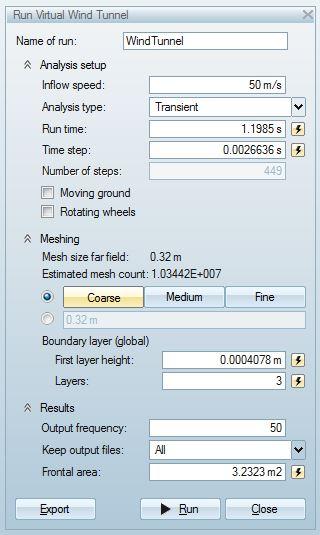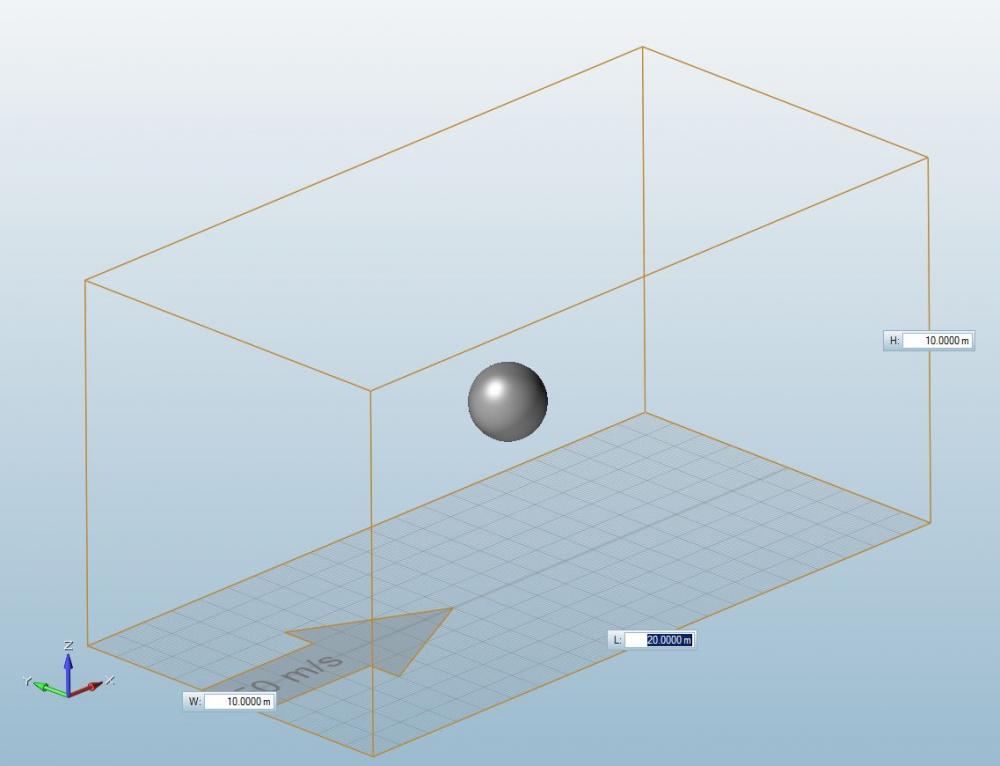Hello,
i was trying to get the wright parameter combination of the virtual wind tunnel simulation so that i get the exact theoretical drag coefficient of simple shapes. So i used a sphere with a unit radius r=1 but unfortunately i get a completely wrong value in the end report generated by VWT. So how i get the wright parameters to get plausible results. By the way a theoretical drag coefficient of sphere should be equal to 0.47
in the attachements:
generated report +screenshots of simulation settings.
I would be so glad if you could help me.
thanks in advance
Regards
m:slm
<?xml version="1.0" encoding="UTF-8"?>
<?xml version="1.0" encoding="UTF-8"?>
Unable to find an attachment - read this blog